A quick show of hands, please. I’ve decided that the first proper Friday feature of 2025 will be a review of one of my Christmas presents, but I can’t decide which present to assess. As Simon Bradley’s The Railways is out of the frame because I’ve not finished it yet, and my vocabulary and taste buds probably aren’t sophisticated enough to do justice to a bottle of Laphroaig single malt, the choice is between a striking pair of hand-knitted socks and an unusual sim peripheral. Which should I assay?
Gosh, that was closer than I anticipated. Sorry, sock enthusiasts, by the narrowest of margins, today’s topic is the Spektrum InterLink DX.
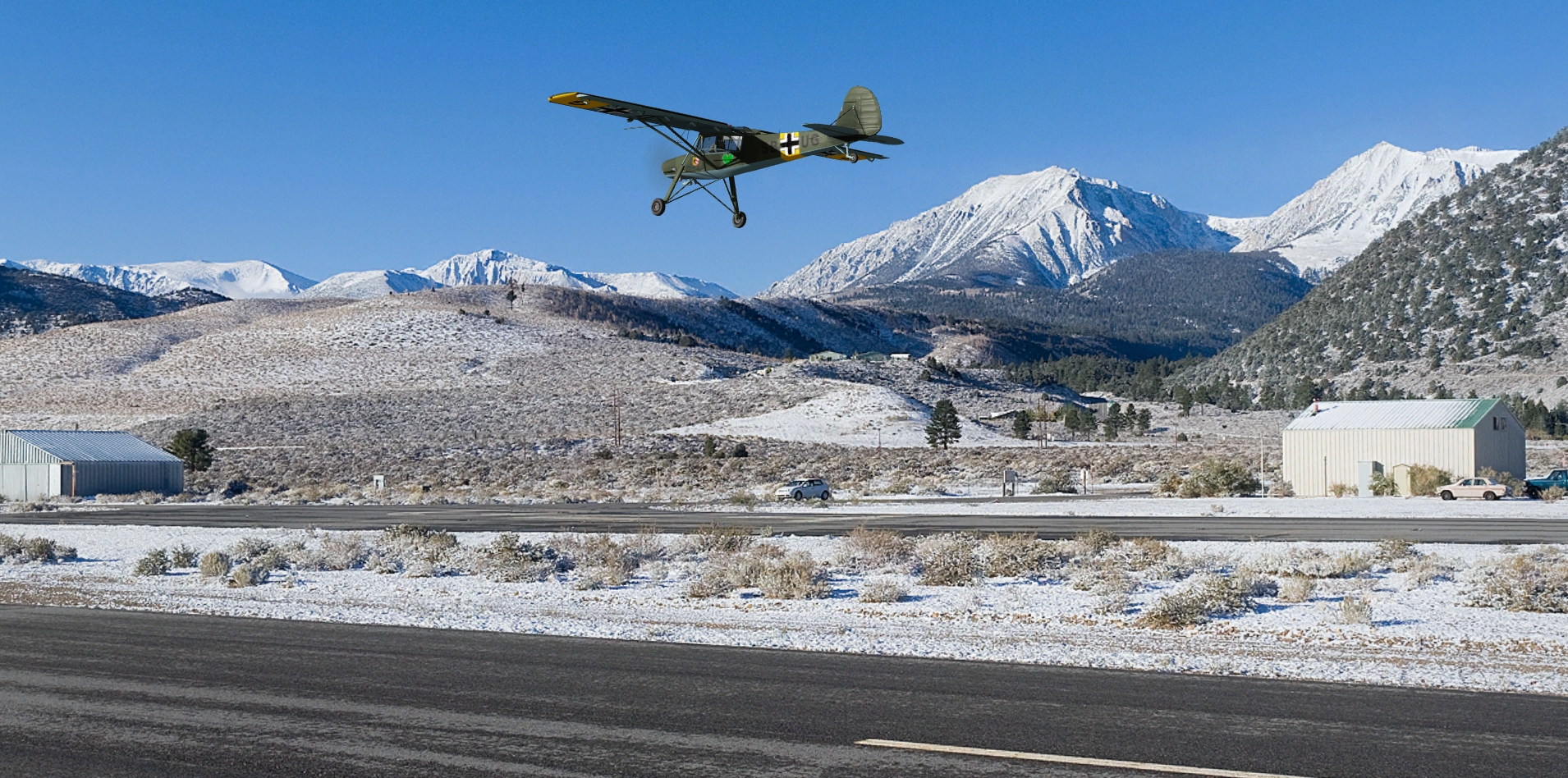
Launched in 2019 and currently retailing here in the UK for around a hundred quid, the Spektrum InterLink DX dwarfs the gamepad I previously used for RC sims such as aerofly RC 8 (↑) and Liftoff: Micro Drones (↓).
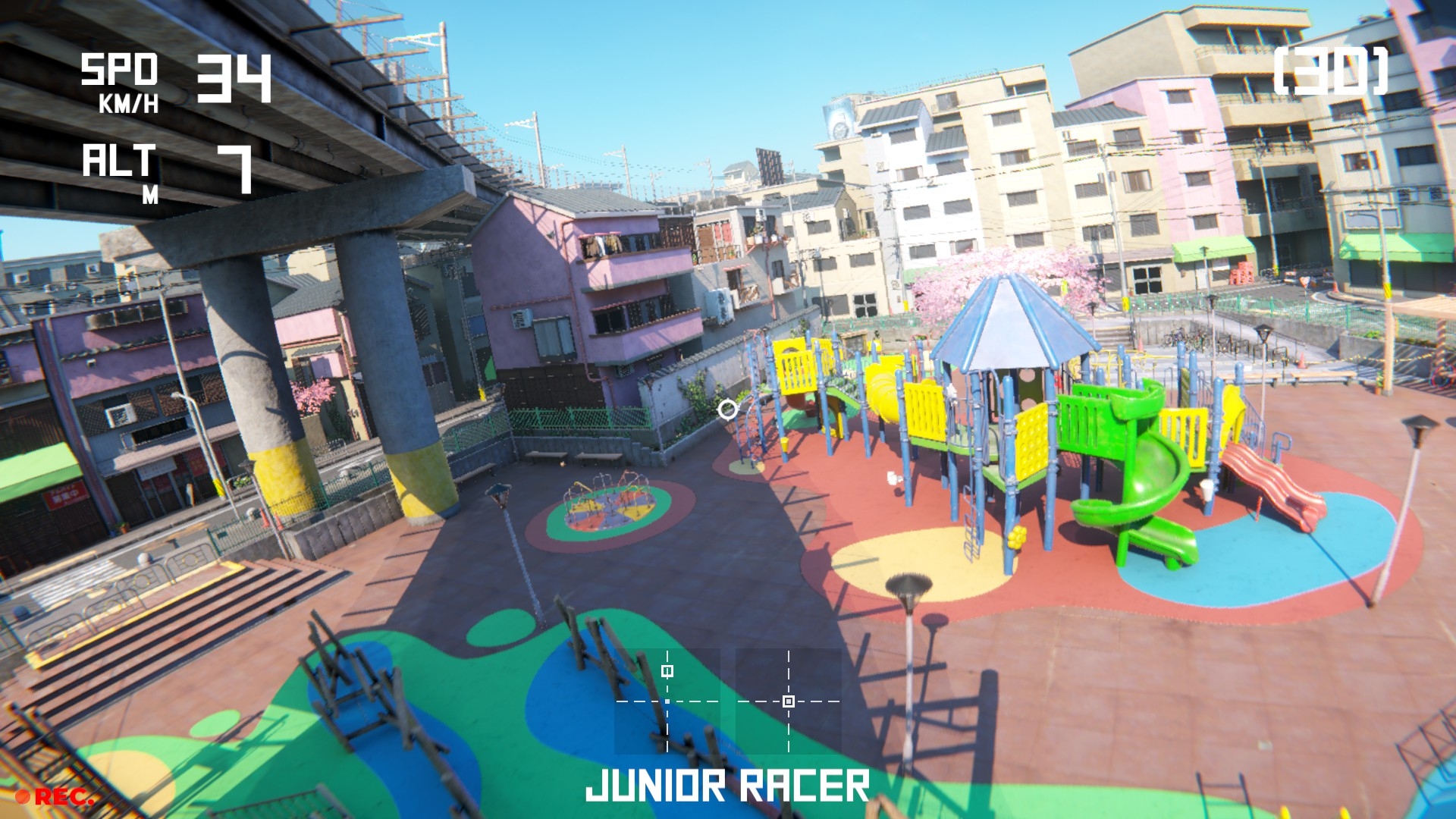
Roughly 18 cm square and 6 cm thick, initially at least, it’s going to feel bulky to anyone unfamiliar with real RC transmitters.
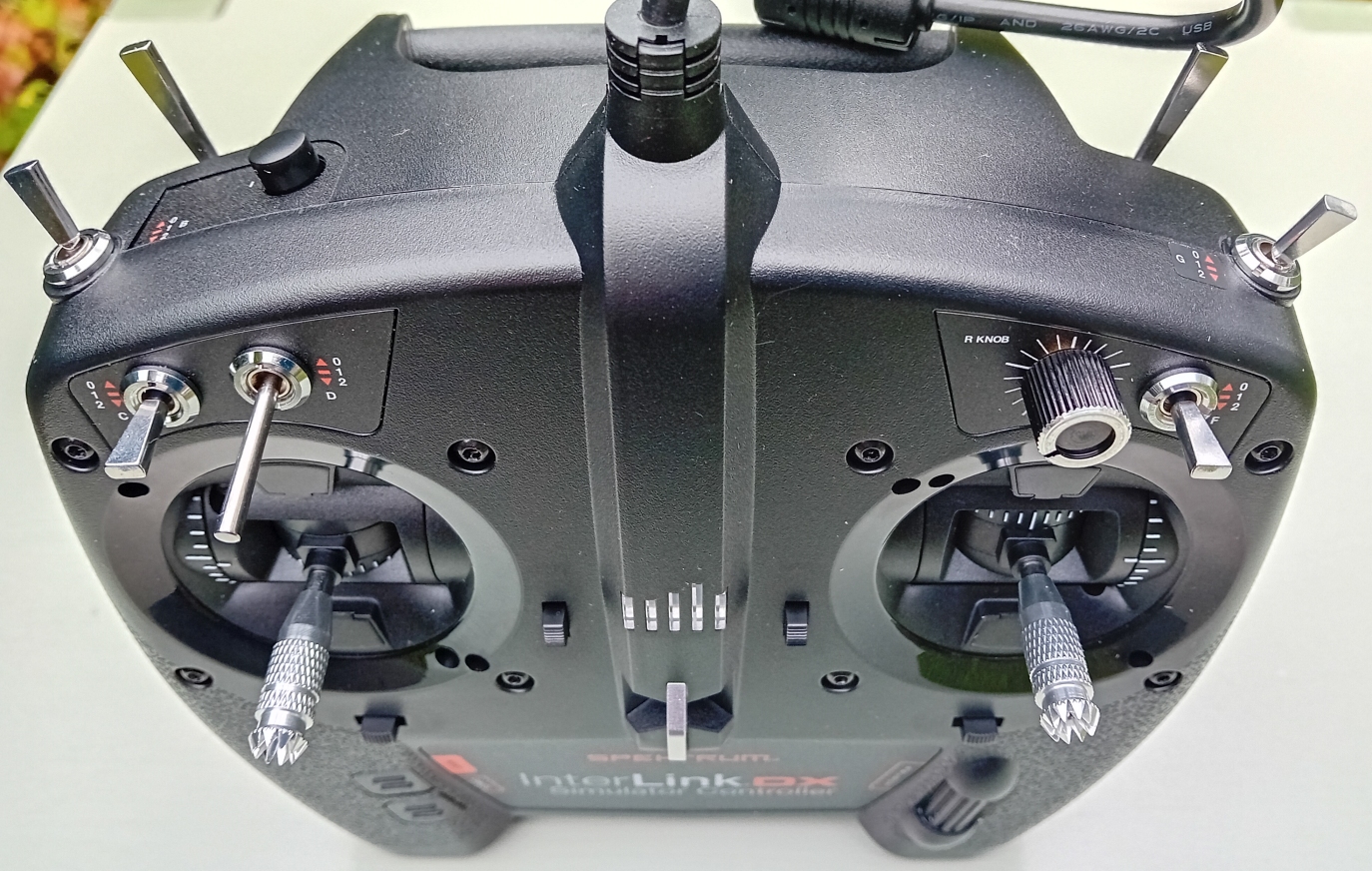
As the tough plastic shell contains nothing heavy (power is delivered to the 500 gram controller by a two metre long USB cable rather than batteries) owners are unlikely to be troubled by aching arms. I like to brace mine against my belly, but even with it held away from the body, the only good reason to fit a neck-strap (not included) would be for peace of mind. While the InterLink feels reassuringly robust, its sticks, switches, and gimbals might not survive a collision with the ground.
The main reason the InterLink was on my Christmas list is those sticks and gimbals. Unlike a standard gamepad, it can mimic the unsprung movement of a transmitter’s throttle stick. In ‘mode 2’ – the way I like to fly – the right stick alters pitch and roll and returns to centre when released. The left stick controls throttle and rudder, and retains the current throttle setting when released.

The ability to effortlessly maintain a throttle setting makes a world of difference in simulated RC aviation. Combine throttle subtlety with the fine flight surface adjustments made possible by the InterLink’s top-notch gimbals and relatively long sticks, and, in theory, the impact on airmanship should be profound.

So has the InterLink turned me into a shit-hot RC aviator overnight? Well, no, but manoeuvres and machines I’ve struggled to master in the past definitely feel easier now. I’m wrecking miniature whirlybirds much less frequently (helicopters are arguably the hobby’s most demanding aerodynes) and the prospect of landing Lilliputian jets on short strips no longer moistens my brow quite the way it used to.
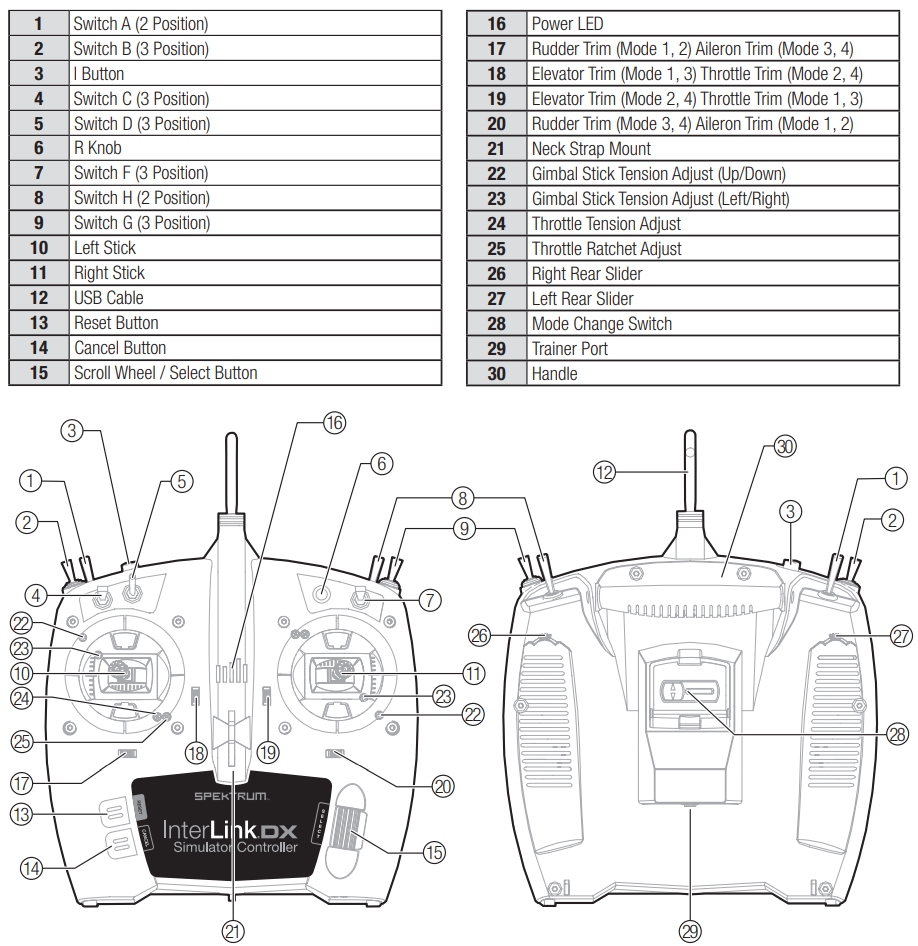
While I’m not convinced I’ll ever need all of the myriad configurable switches, sliders, and knobs, having eighteen additional controls a short finger stretch away, is quite the luxury. Obviously, if you’re partial to fixed-wing flying, the landing gear and flaps switches are going to see a fair bit of action, and the quartet of extremely convenient trim buttons is likely to prove handy. Novices flying suitably equipped models will breathe easier knowing they can extend a digit at any time to activate manoeuvre-limiting SAFE mode or dab a bacon-saving panic button.
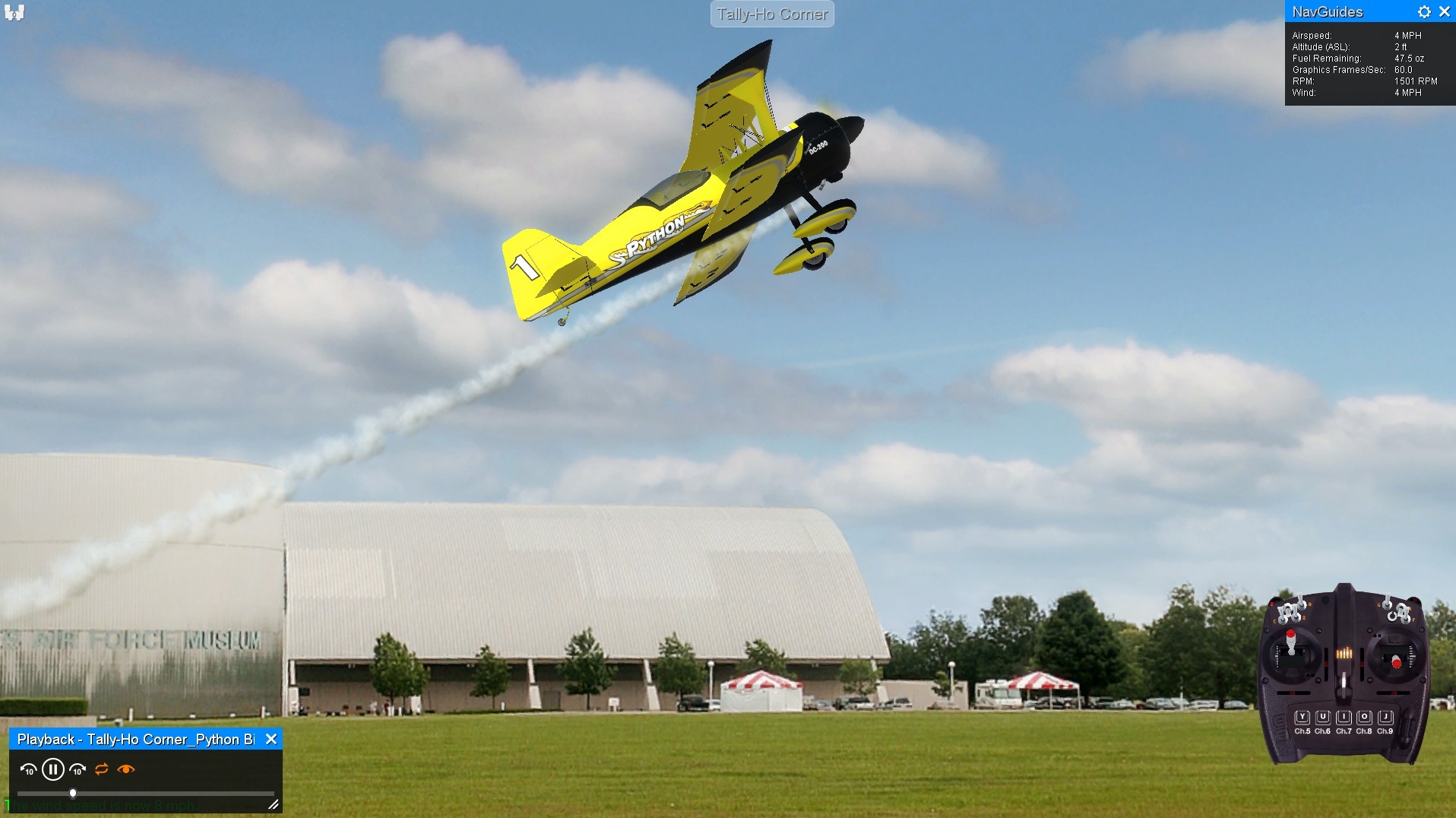
Because the InterLink is designed specifically for RealFlight (↑), out of the box, that’s the sim it integrates with best. Not only does the RFE user have to spend less time binding switches initially, thanks to a natty pressable scroll wheel which allows menus to be summoned and used on the fly, they don’t need to keep a mouse or keyboard close while in game. Very convenient.
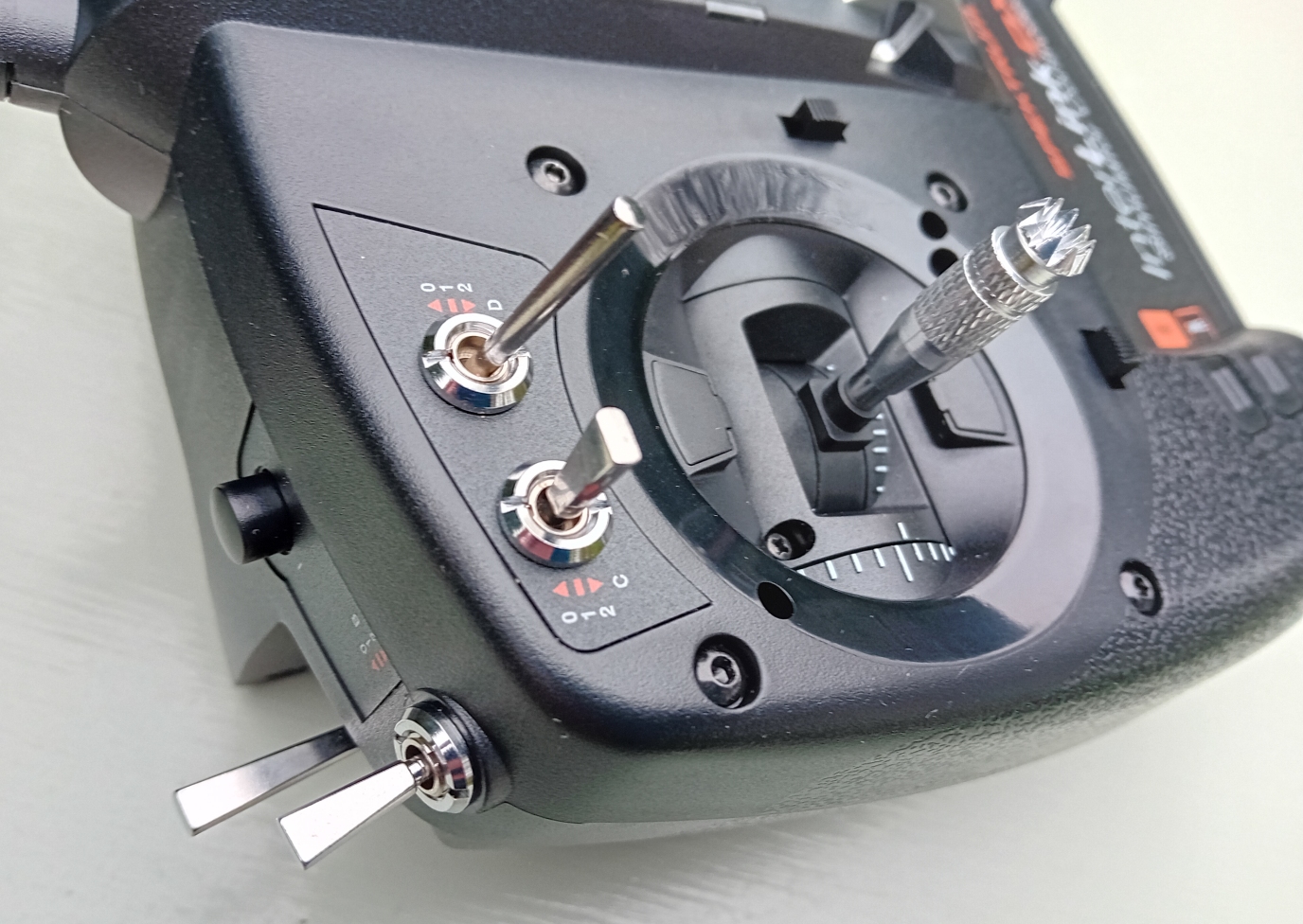
As the length and resistance of the twin sticks felt right from the get-go, I’ve not tampered with the six small adjustment screws yet.
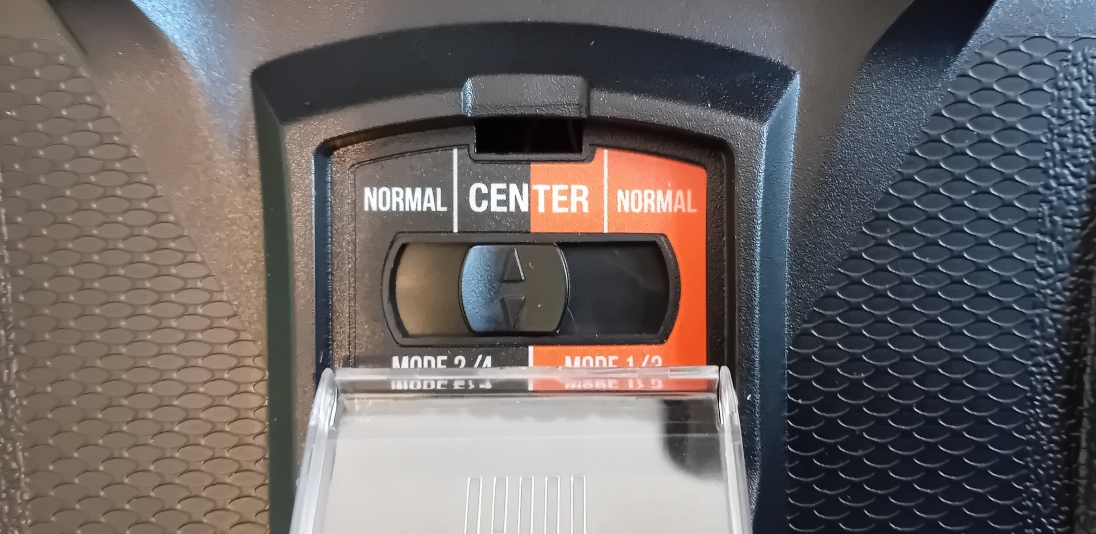
What I have experimented with is the covered four-position switch on the back of the device via which you change ‘mode’. By default this is set to mode 2, the most popular choice for RC aviation. If switching mode was something that needed to be done regularly (happily, it’s not), the fact that the switch took a fair bit of force/courage to move might be concerning.
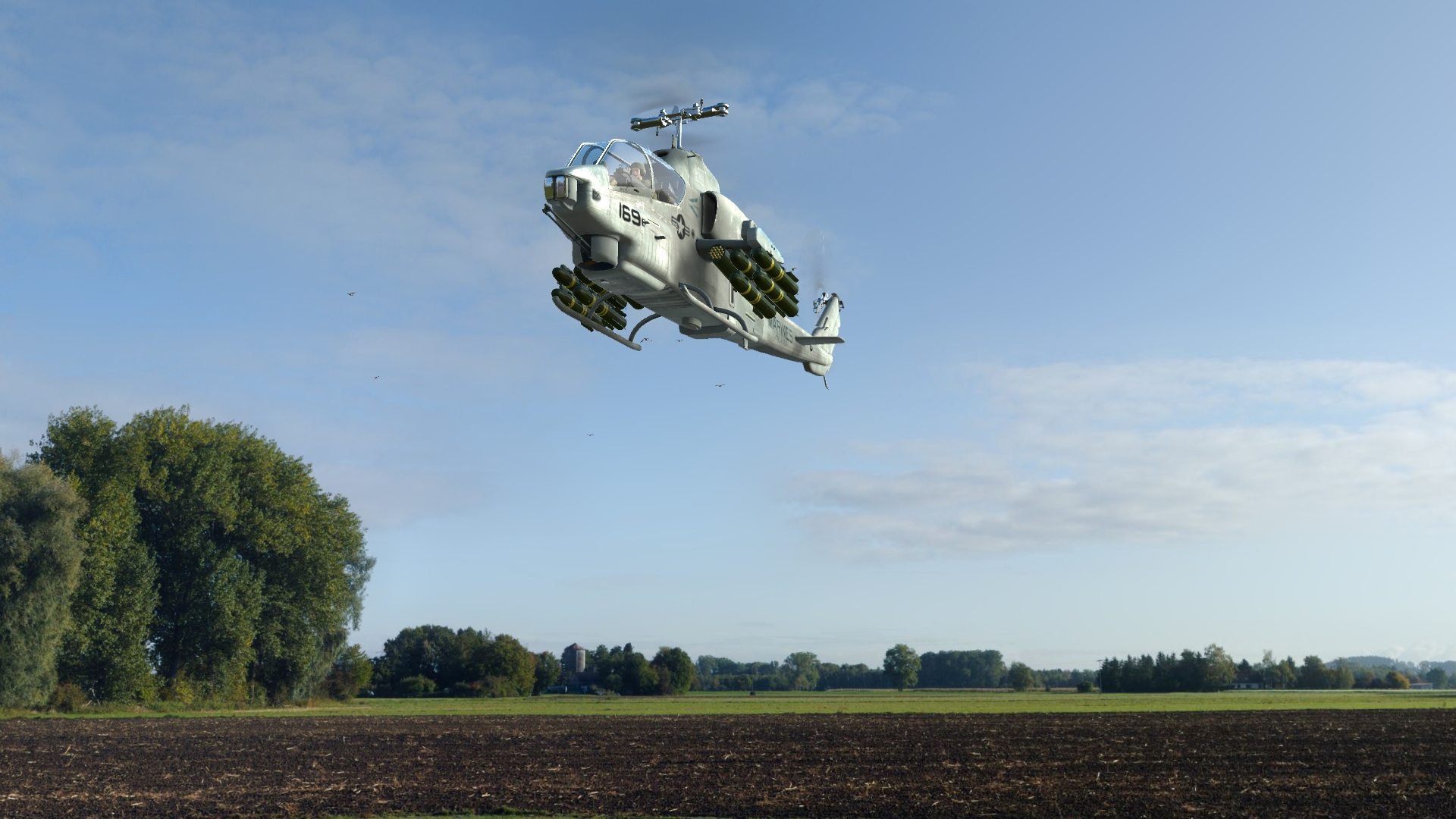
I’ve tried the InterLink with six sims thus far: aerofly RC 8 (↓, superseded by aerofly RC 10), RealFlight Evolution, Liftoff, Liftoff: Micro Drones, Hover Here (↑), and neXt. All recognised it instantly, and, after brief, fuss-free calibration processes, benefited considerably from its presence.
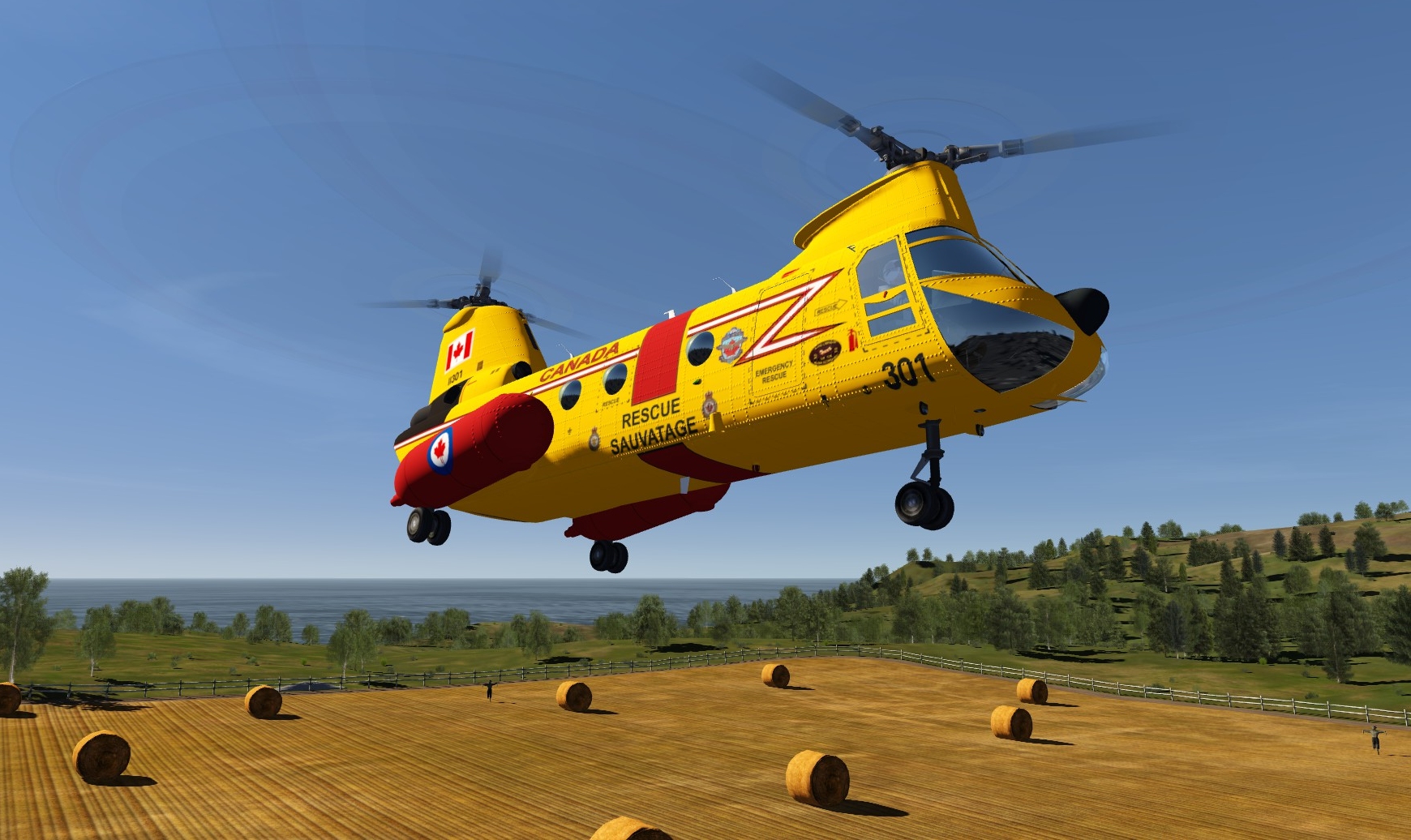
Going back to a clumsy gamepad now is unthinkable. When those crenelated crowns are under my thumbs, the flying machines that dart, amble, scythe and whirligig across my screen do so that bit more obediently. My FPV rambles through sunny playgrounds and subterranean car parks, bring out my irrepressible inner house martin even more often. I’m not entirely sure why I find aimless aviating in RC flight sims so uplifting, but I do, and Spektrum’s faux TX magnifies the feeling. With the benefit of Hawker Hindsight, I really should have got one years ago.
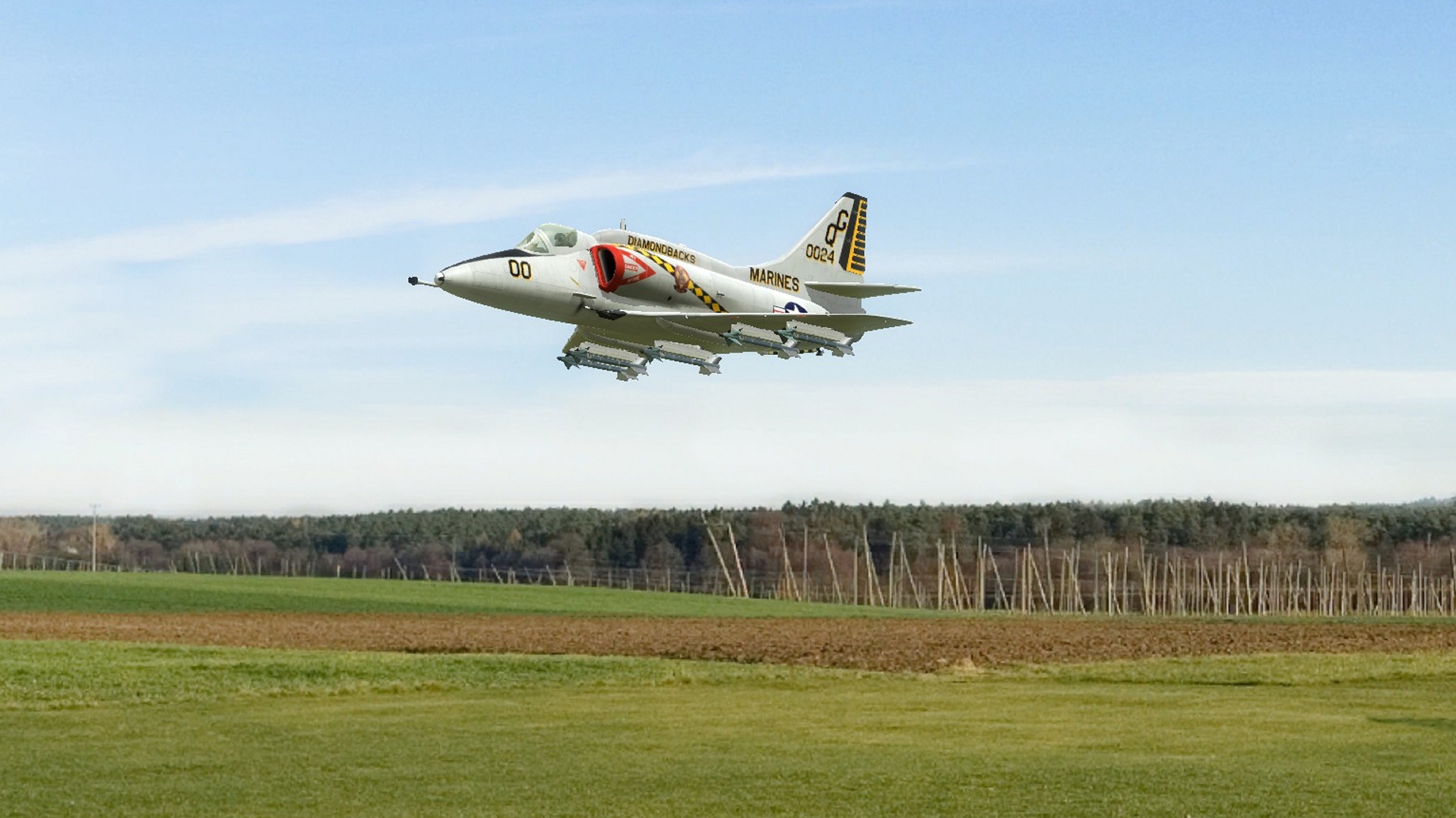
One unexpected consequence of acquiring an InterLink is my loyalty to aerofly RC 8 isn’t quite as steadfast as it once was. Since Christmas, I’ve formed a pretty strong bond with its main rival, RealFlight Evolution (↑↓↓↓↓↓↓↓).
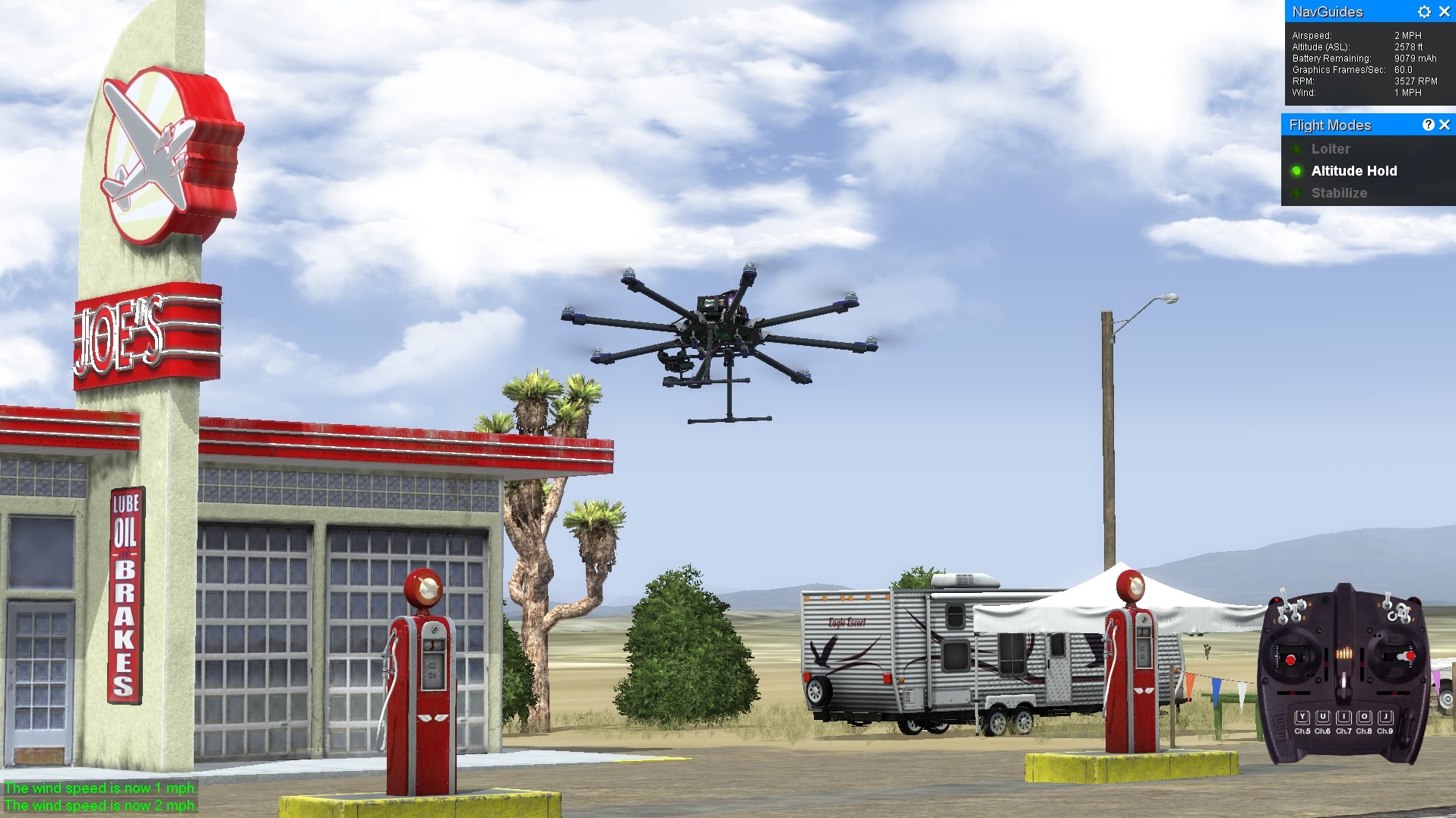
The RF series goes back almost thirty years and despite steady graphical progress, there’s no denying the latest iteration does look somewhat dated at times. Fixed-position photo-based sceneries not always as sharp or as interesting as aerofly’s, and full 3D ones sometimes marred by fusty textures and primitive lighting, do RFE no favours on the venue front.
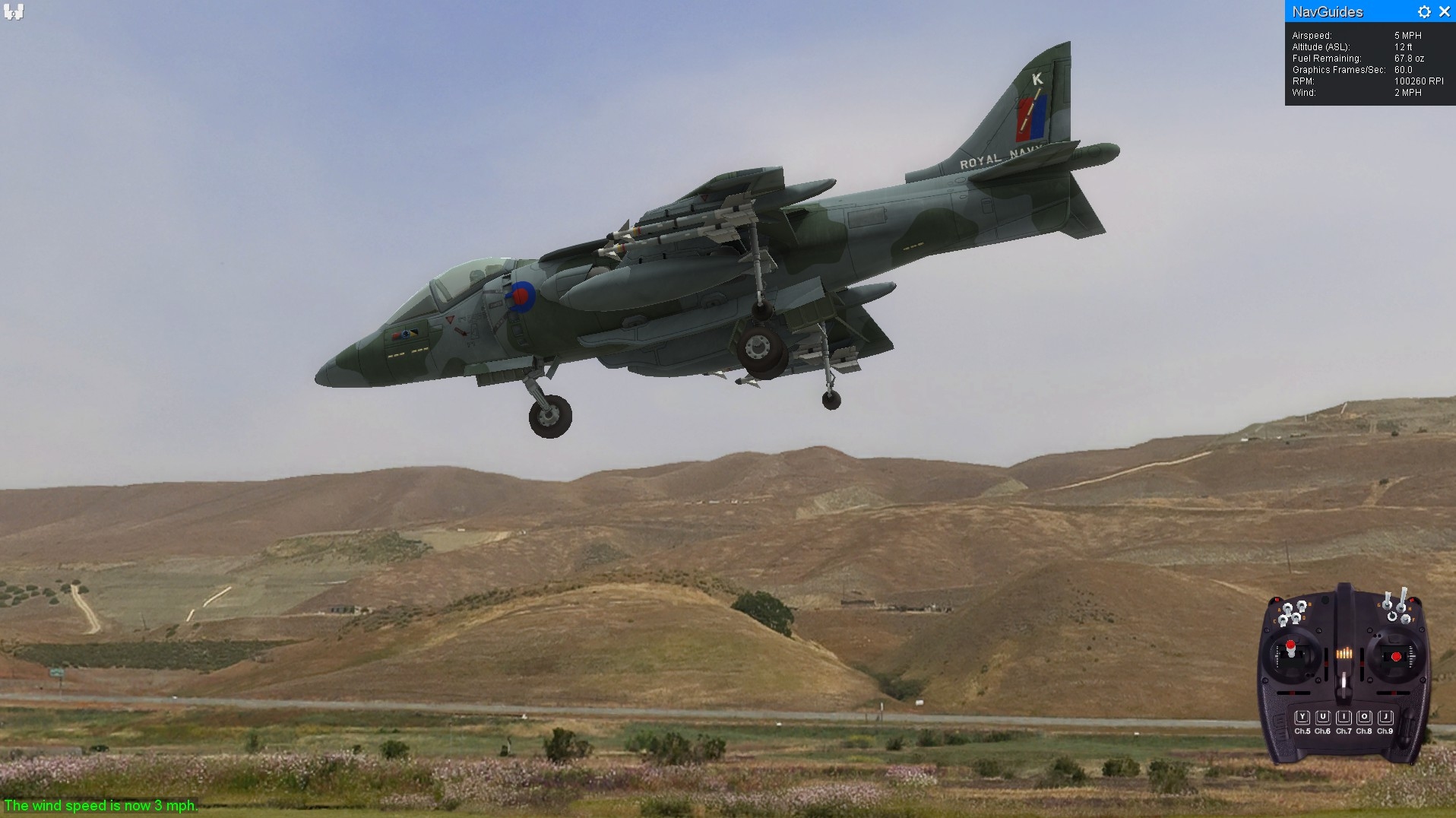
Aircraft visuals often give off a faint aroma of lavender and mothballs too.
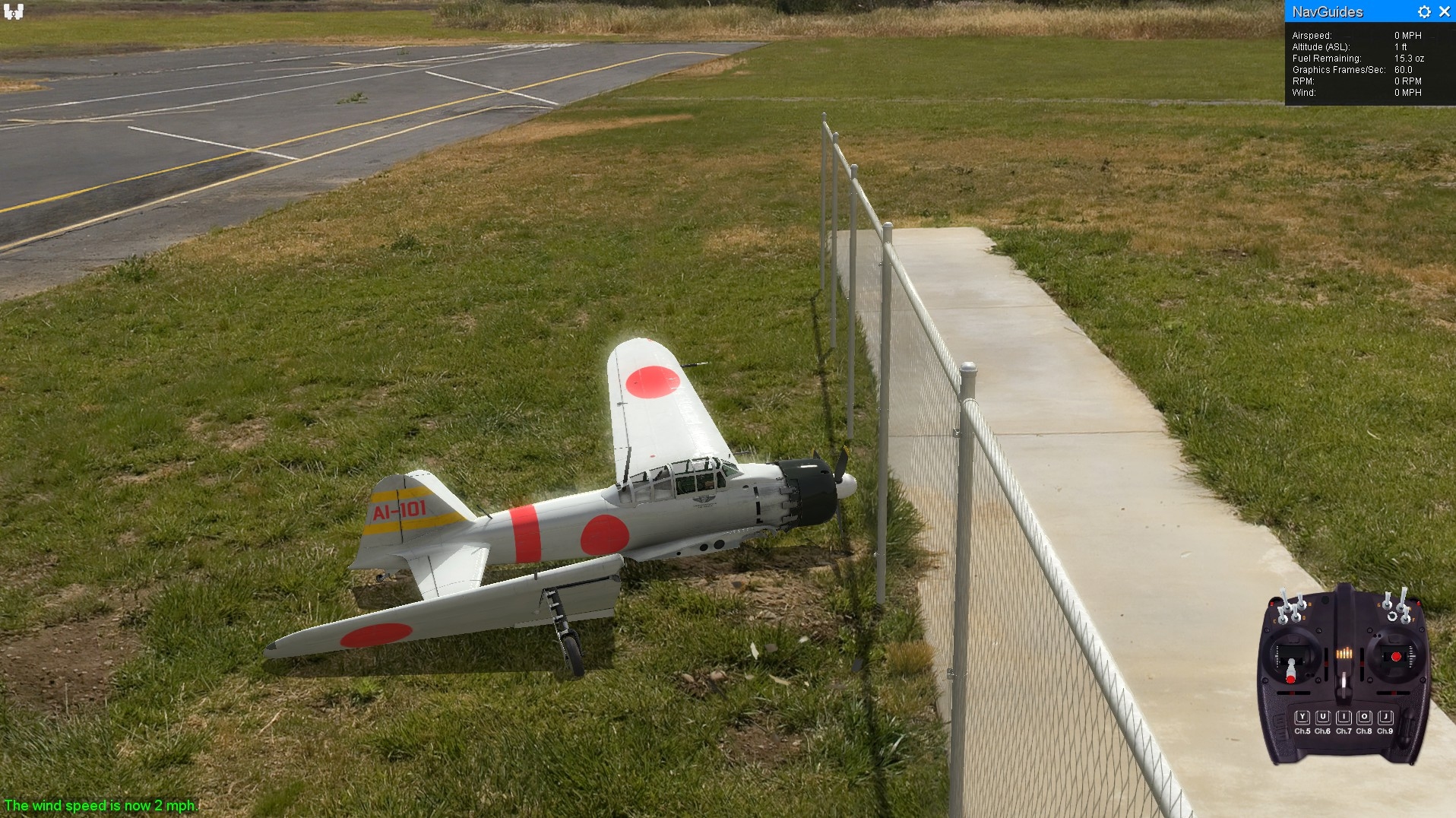
Fortunately, what Horizon Hobby’s sim lacks in beauty and affordability (at an eye-watering £100, its £33 pricier than aerofly RC 10) it arguably makes up for in quantity and feel. The default venue and plane selection (70+ and 300+ respectively) is huge, and, unlike aerofly RC’s is supplemented by a fairly lively mod scene.
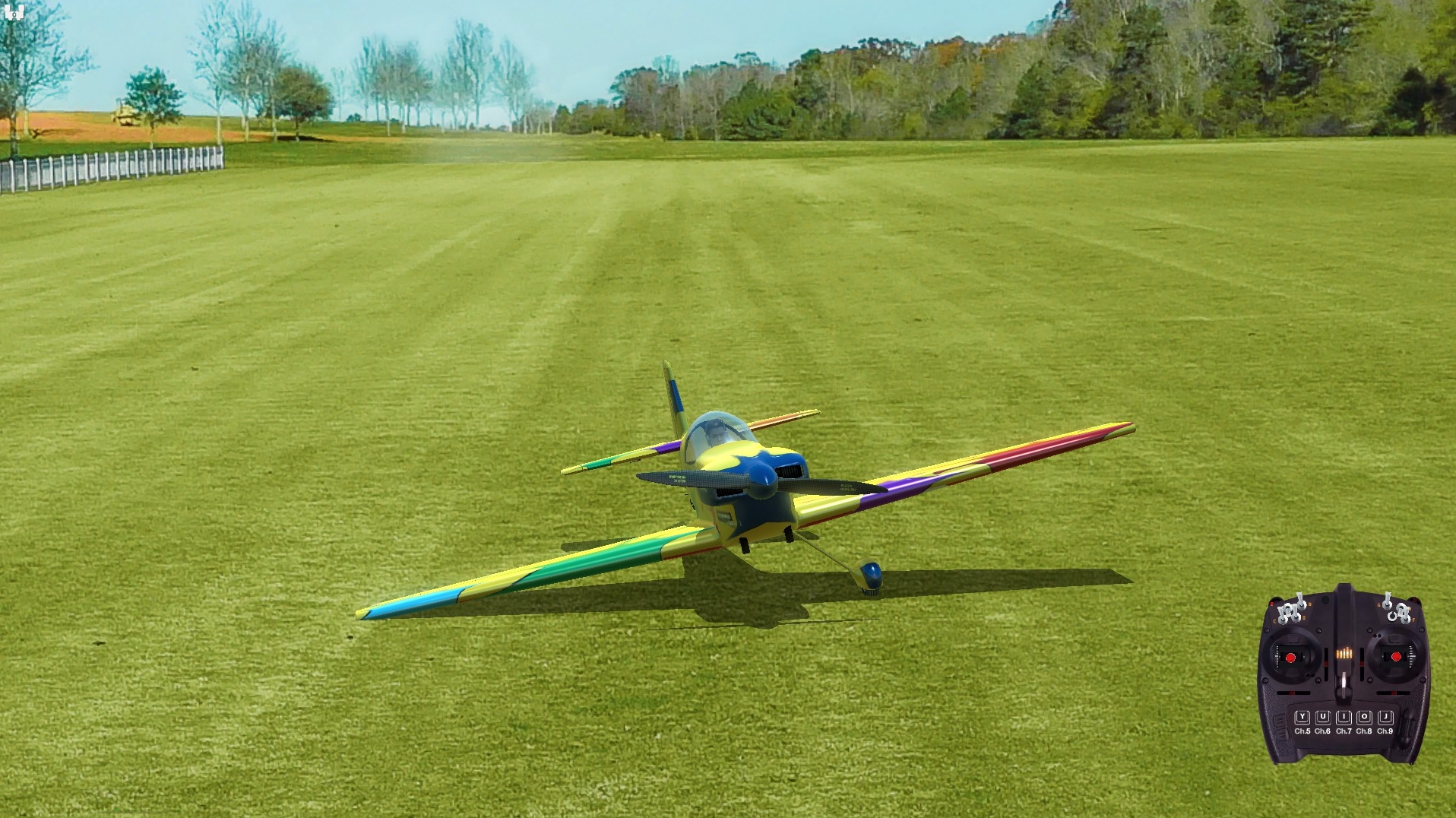
This PC-educated aerodynamicist finds the flight physics and ground handling convincing, and loves the fact that engine burble and servo whirr aren’t the only sounds heard at rural locations. Games that place you in a sunny field then serenade you with birdsong, don’t need to do a whole lot else to induce relaxation.
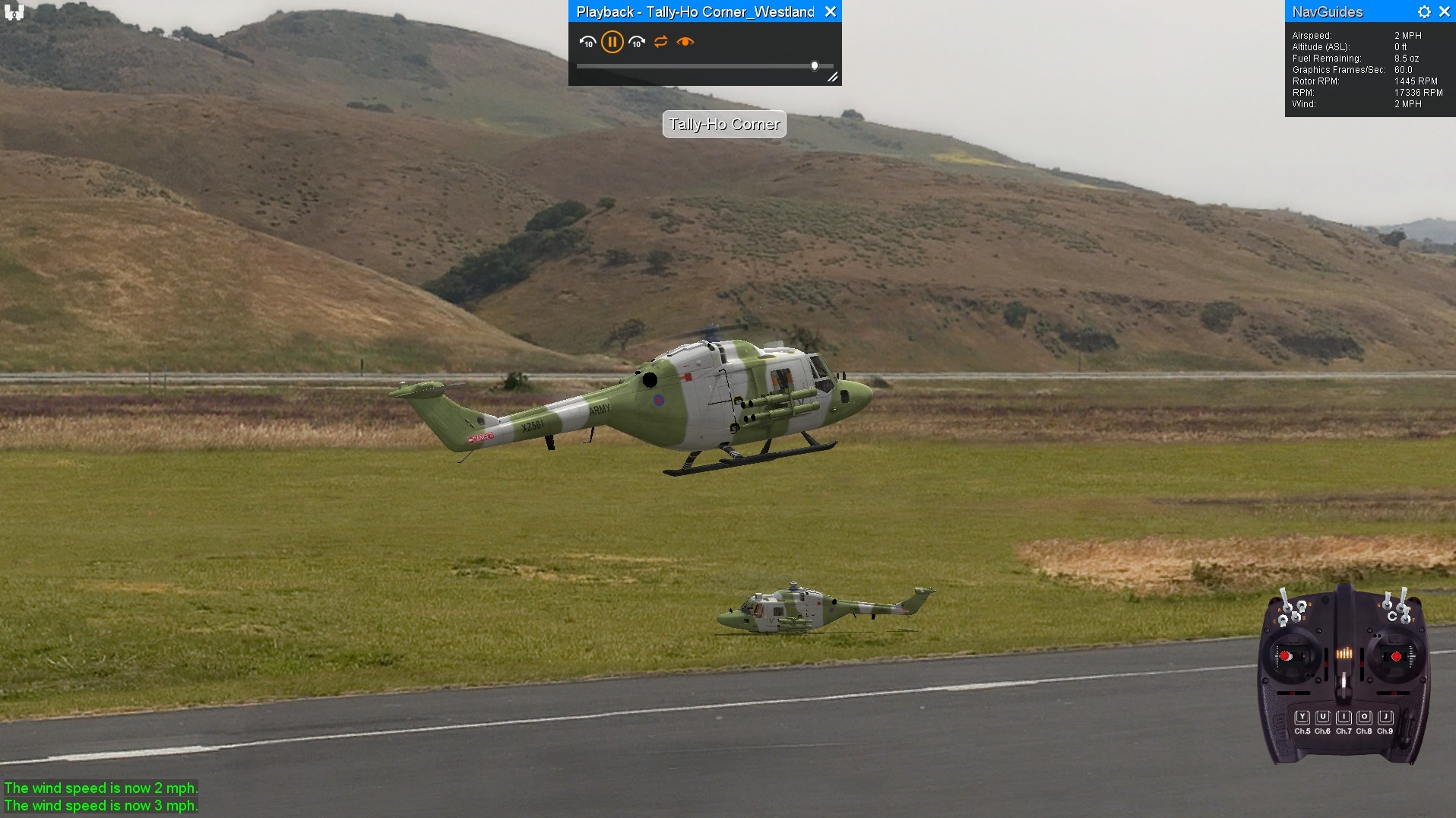
No RC sim is more committed to education than RFE. Included are more than a hundred tutorials covering everything from first steps in the hobby to advanced helicopter aerobatics. As the simplest lessons feature faithful digital versions of real beginner-friendly aircraft like the AeroScout S2, if and when a user decides to go from virtual aviation to the real thing, the transition should be silky smooth.
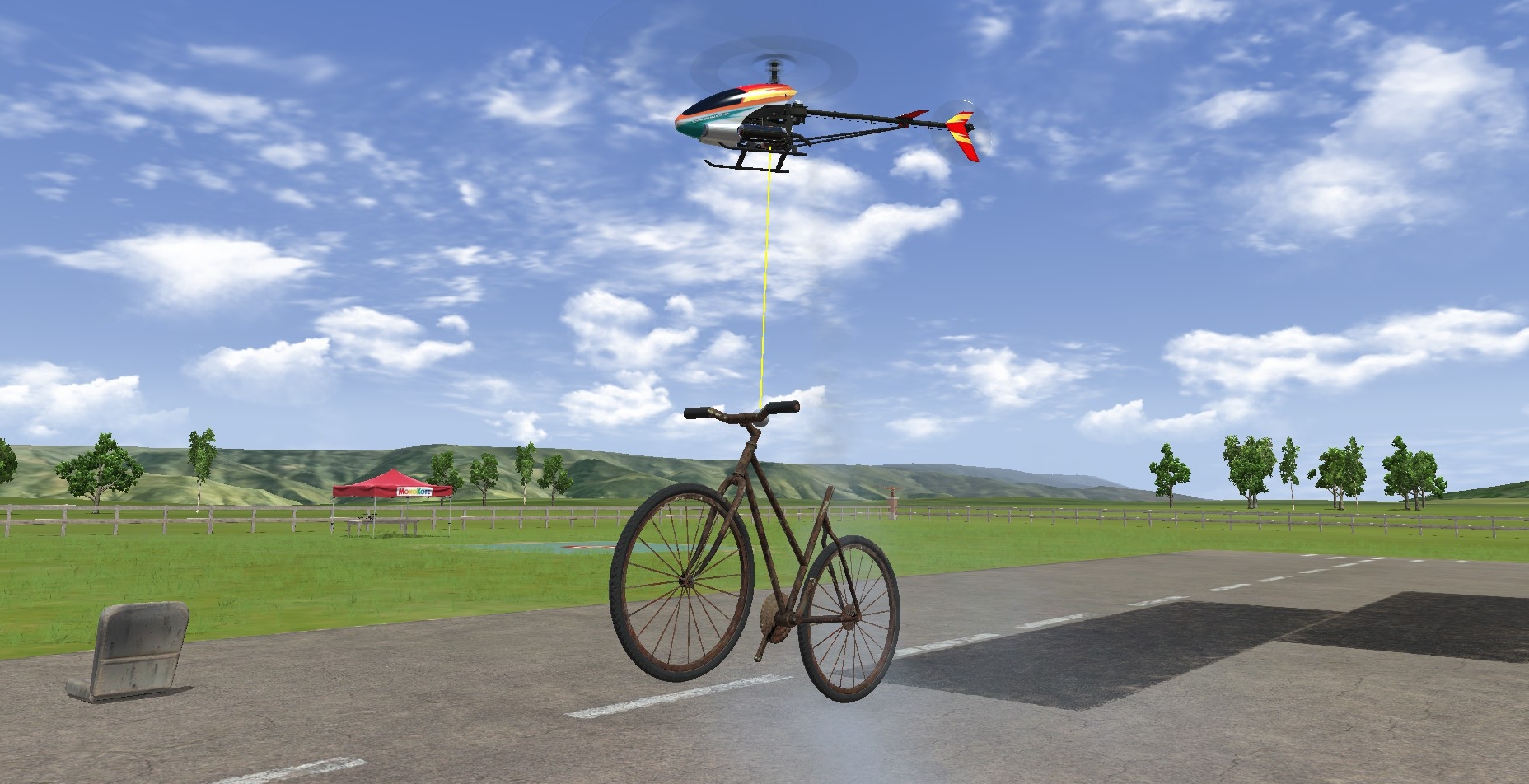
When it comes to game-like activities, the InterLink’s natural partner is also the genre benchmark. Anyone tired of mesmerising aerial improv can test their stick skills in scored races, spot landing contests, and balloon popping challenges, or, if they’re feeling really resilient, tackle RFE’s fiendish version of Gravitar. If remotely piloting a diminutive chopper wasn’t hard enough, in ten-level ‘Grapple’ you’re expected to use one to pick-up, transport, and place various portable objects!
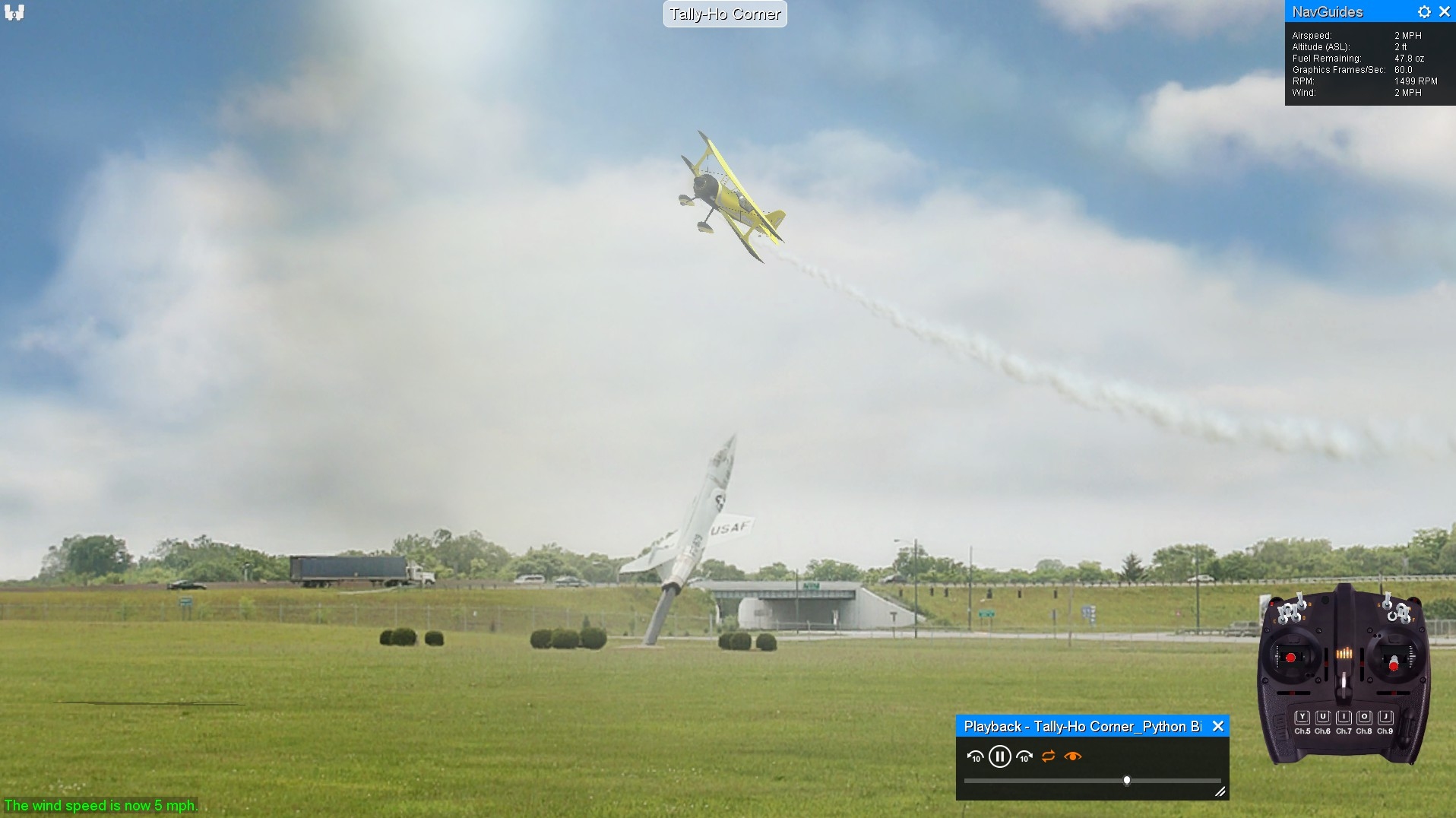
RealFlight Evolution might not be drop-dead gorgeous, but it’s a consummate entertainer and tutor, and, like its rival, aerofly RC, a sim that’s transformed by a quality controller such as the Spektrum InterLink DX.

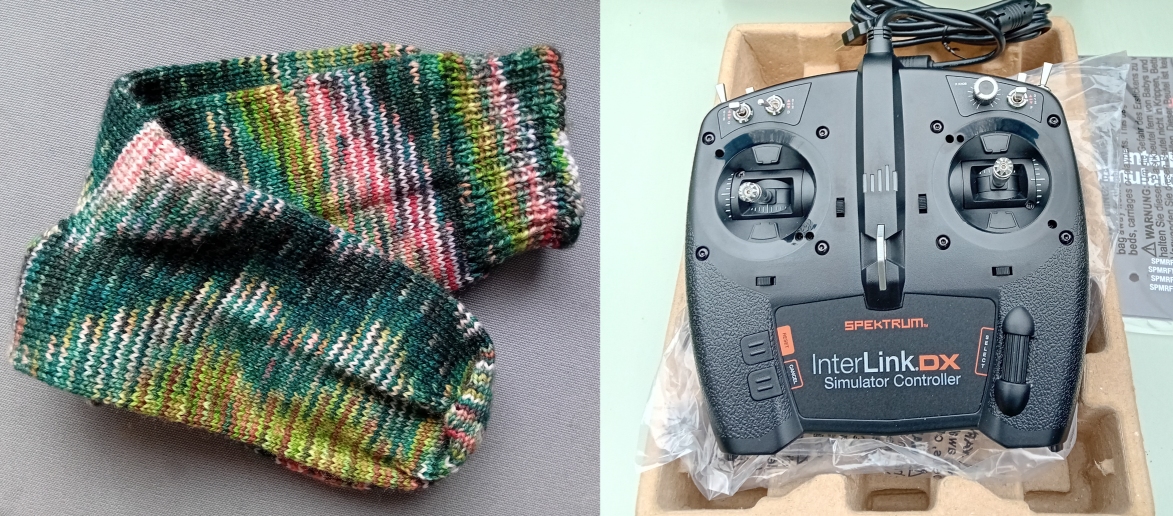
Spektrum also make a wireless USB receiver dongle that you can bind with an existing RC controller for use on the PC. I purchased one years ago with the intention of using it and RealFlight to practice my RC skills in VR, but as with many VR things, the ven diagram of “time to fiddle with it” and “desire to fiddle with it” has yet to intersect. I can always play with the monitor if I just want to tune muscle memory I suppose.
Regarding the problem of being unable to maintain throttle position with a gamepad, since an RC transmitter doesn’t pack in a carry-on very easily I found a different solution. A program called Joystick Gremlin will (among a myriad of other things) allow you to use a physical axis to move a virtual one. The amount of deflection of the gamepad axis controls the speed at which the virtual axis moves. Need just another half inch of MP? Just give the stick the smallest of nudges. Is your Airbus commanding you to “retard retard”? Full down deflection will get the throttle to the idle stop nearly instantly. When you let go, the throttle in the game stays put. It’s even a relatively tactile experience, and even gives you finer grain control than something like the Yawman Arrow.
If I weren’t packing-space-constrained, I think the RC style controller would be a better solution though. Glad you are enjoying it!
Well, I read all that expecting a call-back about the socks. Are they, like, alpaca wool or something?
(I don’t doubt that THC is friendly to martens, but I suspect you meant house martin).
>> Are they, like, alpaca wool or something?
Standard sheep wool. I was rather hoping the socks would get the nod as it would have given me an excuse to write a paragraph or two on the increasingly toxic ‘sheep vs alpaca vs possum’ debate that’s raging in knitting circles at present.
>>I suspect you meant house martin
I did indeed. Bizarrely that’s the second rogue ‘e’ to appear in a THC article this week (Sorry, Calum!).
Re sheep vs alpaca vs possum wool:
Alpaca wool is nice and all (better on the fingers when knitting especialy for those delicate hands like mine), but purists will always be sticking to sheep due to cultural, ethical, environmental and epistemological reasons (I am ofc talking about european knitters). Possum wool is out of the question for the vegetarian crowd, so there’s that to consider. All of them have their pros and cons of course.
mmm…Laphroaig
I’ve never flown a classical RC sim, but a cheap-ish drone controller made all the difference in the world in Liftoff.
How is it in non-RC flight sims? Does it even work?